With the rise in Chainsaw production and sales, people have started using it for personal use. Many people get injured while using it, and most of them are beginners who are using it for personal use. When people are not a professional while using a machine, it is always a potential risk for them until and unless they understand more about the right usage and the safety precautions.
In this post, we have covered more about the chainsaw and its associated features; we will also be answering about “How does a chainsaw work?” and the safety features relayed to it.
So keep reading if you want to know more about the safety features of the Chainsaw.
Chainsaw and Its Safety

Chainsaw tool has sharp teeth blades, which make them dangerous, especially when the person uses them without training or safety measures. Many manufacturers have started including safety features by considering the chainsaw’s associated potential risks. S
ome safety features like the Chain Break, Chain Catcher, Spark Arrestor, Throttle Lock, Hand Guard, Safety Trigger, Muffler, and Centrifugal Clutch are crucial to understand. Apart from these safety features, you can learn more about the Additional Safety Tips to protect yourself from potential risks.
Safety Precautions While Using the Chainsaw
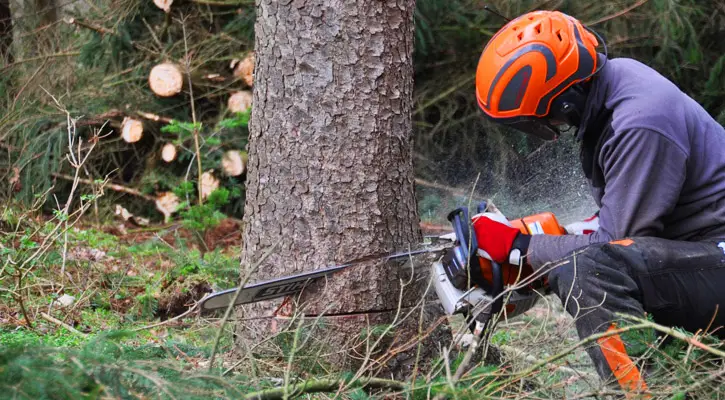
1. Before you start using the chainsaw, read the instructions in the User manual.
2. Before using the chainsaw, examine for potential damages and test if it is functional and in good condition. Clean the chainsaw and apply the lubrication as required before the usage.
3. Check if the chain is in good condition and if any teeth are not broken. Ensure that the cutting edges of your chainsaw are sharper.
4. The chain tension should be proper and suitable for use.
5. Wear the essential protective and safety gear like a safety helmet for your head, hearing protection to save your ears, eye protection, gloves, and proper clothing safer for working activities around the chainsaw.
Basic Chainsaw Safety Features
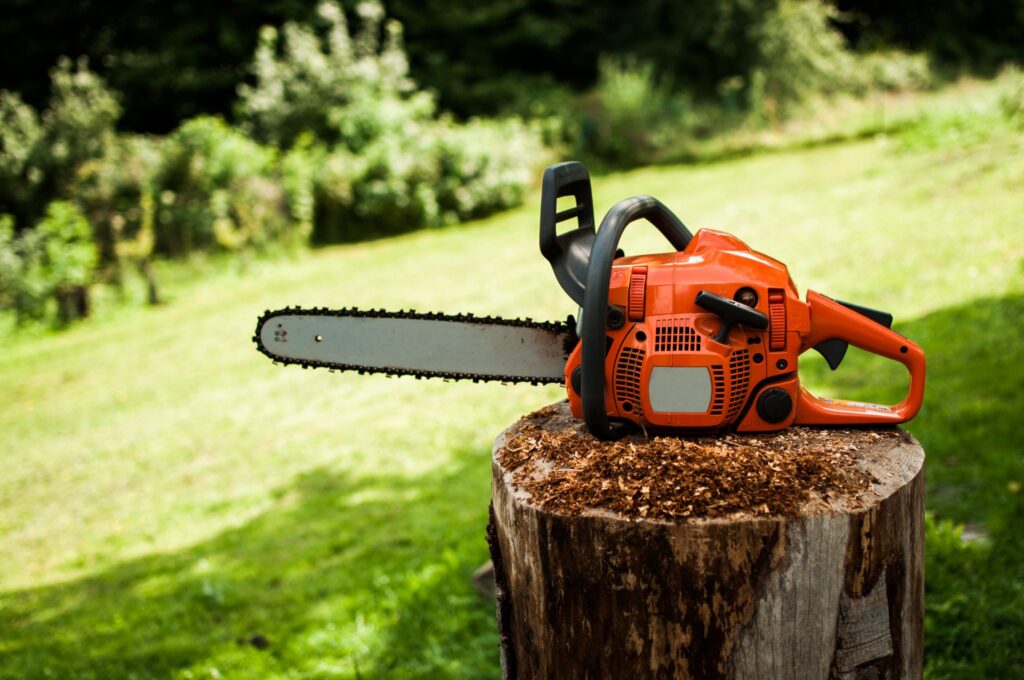
1. Chain Break
This feature is used to stop the chain rotation around the bar immediately. To activate the Chain Brake feature, you have to push the hand guard in the forward direction. You can use the chain brakes before start using the chainsaw. If you are a beginner and take more than two steps while your chainsaw gets turned on, you need to use the Chain break.
2. Chain Catcher
The chainsaw chain clutch is either made up of metal or plastic. The purpose of the chain cluster is to catch or stop the disengaged or broken chain.
You can find the chain clutches on the bottom side of the chainsaw, where the chain enters the body of the chainsaw. Before using the chainsaw, examine whether your chainsaw’s chain clutch is functional or not damaged.
3. Centrifugal Clutch
This clutch is located between the chain sprocket and the engine drive draft. The purpose of the Centrifugal chainsaw clutch is to stop the spinning by disengaging the clutch in the idle state of the chainsaw engine.
When you hit or press the throttle of the chainsaw, the clutch will engage the driveshaft and the sprocket again, and the chain will start spinning.
4. Chainsaw Throttle InterLock
The throttle lock of the chainsaw is located on the rear side of the handle. The purpose of the throttle and interlock is to prevent the engagement of the brush or operation with the stick when you are not ready to use it.
The interlock feature will prevent the Throttle from engaging until you will not press the Interlock with the Right-hand thumb.
5. Right Hand Safety Guard
The right-hand guard is made of plastic, and you can find it on the bottom side of the rear handle. The purpose of the Right-hand Guard is to protect the hand of the operator when getting struck or hurt when the chain of the chainsaw gets disengaged or broken.
6. Chainsaw Muffler
The purpose of the Muffler is to reduce the noise of the chainsaw. The Muffler also directs the exhaust of the chainsaw away from the operator. For your safety purposes, please don’t touch the Muffler as it is severely hotter and has a temperature of around 900 degrees Fahrenheit when it is functional. It can cause serious skin burns.
7. Spark Arrestor
In the construction, the Spark Arrestor is the art of the exhaust system of the chainsaw. You can find the Spark Arrestor under the Muffler cover. In appearance, the Spark Arrestor is like a rectangular mesh screen.
The purpose of the Spark Arrestor is to prevent the sparks from leaving the saw. The spark Arrestor saves the chainsaw from catching fire. The chainsaw’s engine will not work if the spark arrestor is clogged or blocked. To start the engine, you must clean or replace the Spark Arrestor.
Additional Safety Tips for Chainsaw
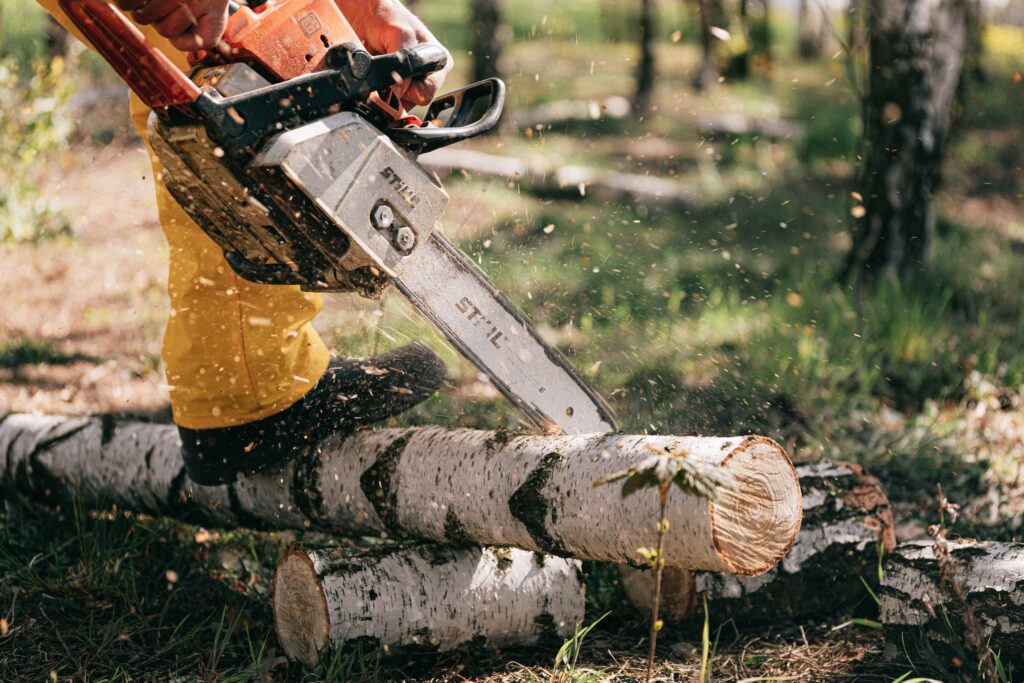
1. Take care of the proper handling of the chainsaw. Ensure that while using the chainsaw, you don’t get the kickbacks.
2. Proper maintenance is crucial for the safe use of the chainsaw. So, do it frequently and periodically. Don’t skip the lubrication and teeth sharpening of the edges process when needed.
3. The stop control of your chainsaw should be easily accessible. In an extremely unexpected situation, quickly utilize the stop control to stop the functional chainsaw.
Final Thoughts
Depending on the usage, whether personal or private, pick up the size of the chainsaw when you’d expect to buy it. If you are not a professional, select the portable, lighter chainsaw that is easier to pick up and get to work. It also checks the other safety features and ensures that it is a light-duty chainsaw.
This post showed you more about the chainsaw and its safety features to help you understand more about the chainsaw and its usage. If you want more ways to add value to your lifestyle and maintenance experience, sign up and get our best tips and strategies sent to your inbox.


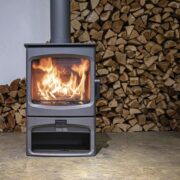



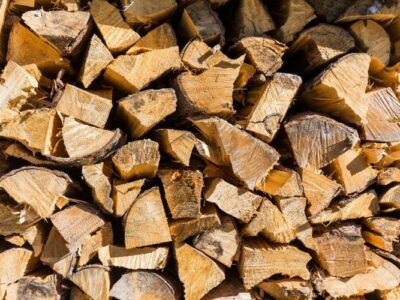
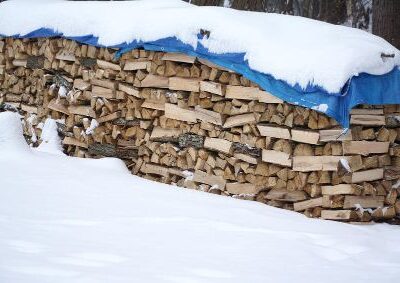


Comments